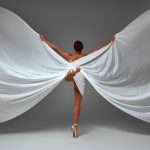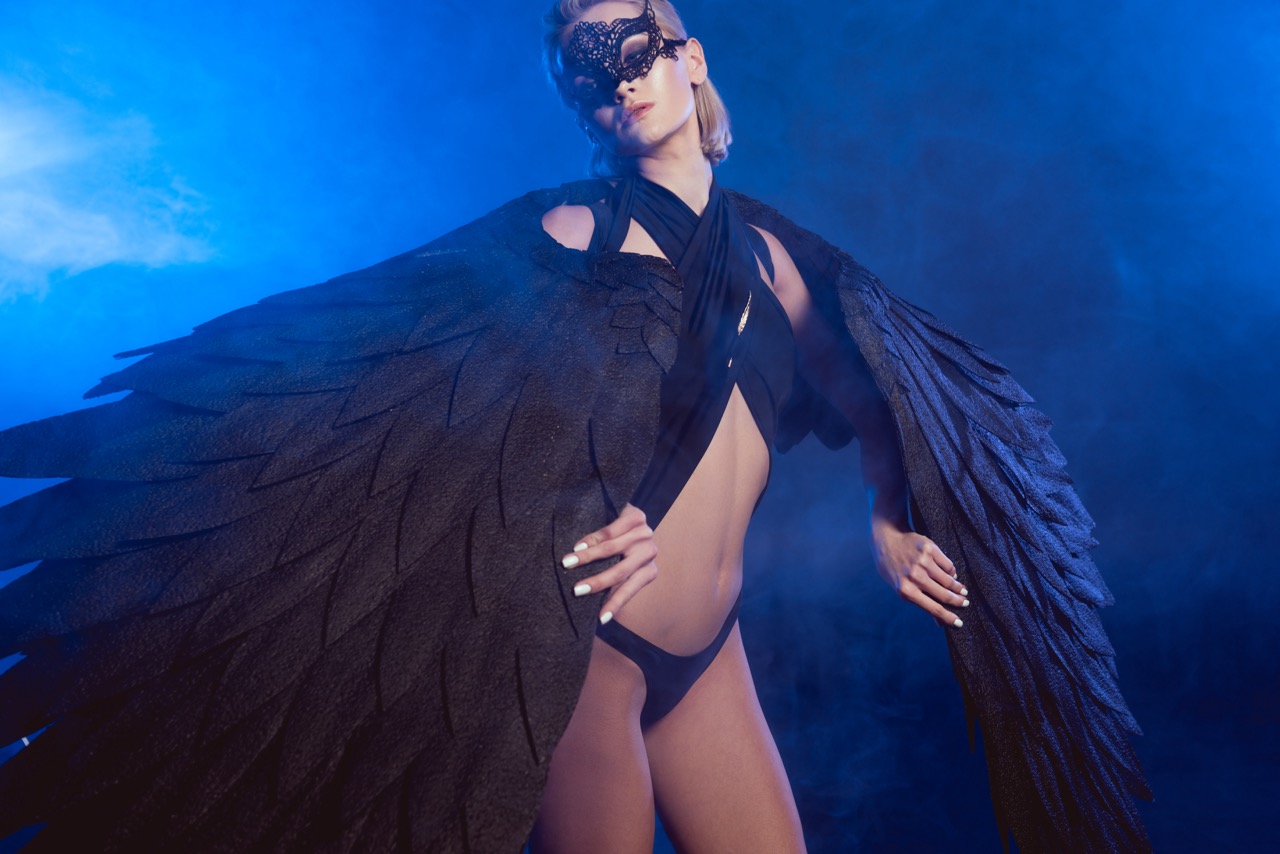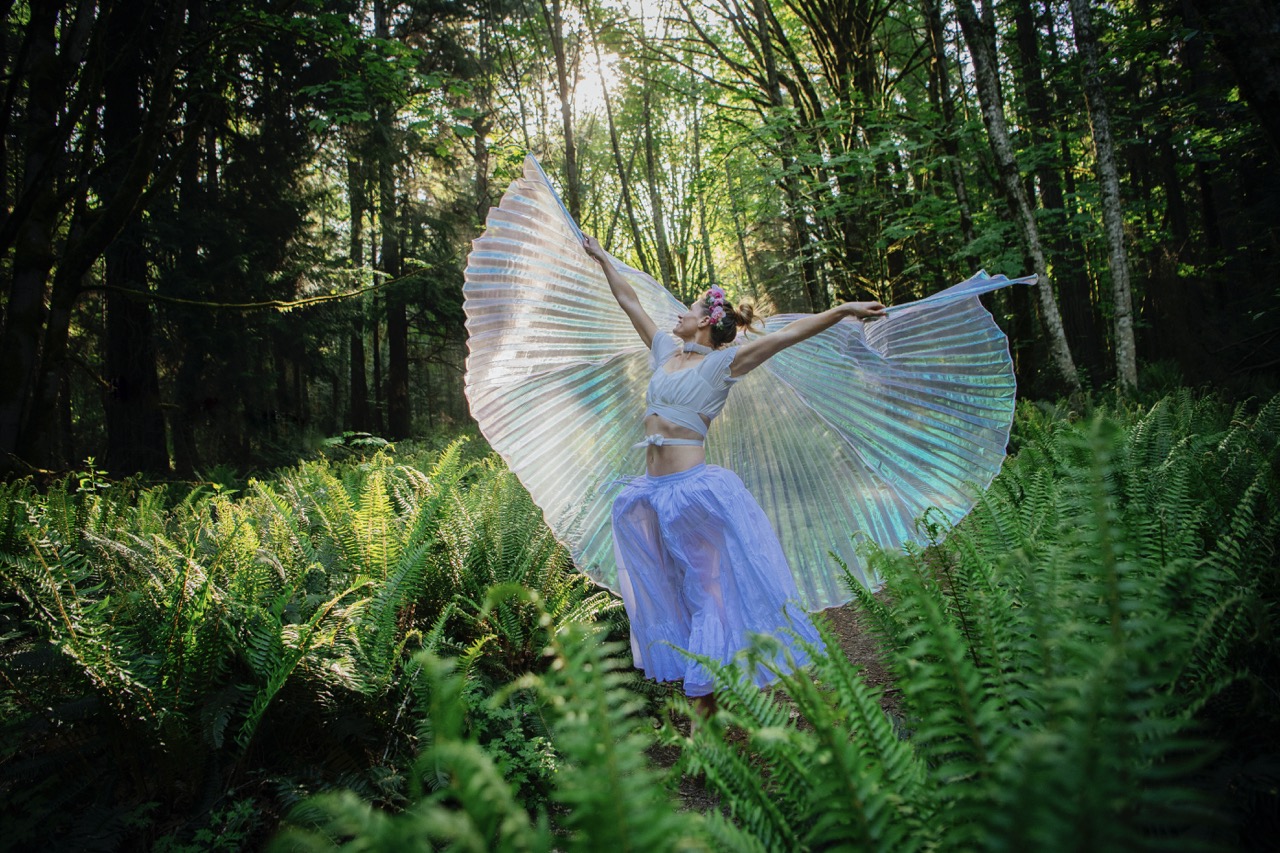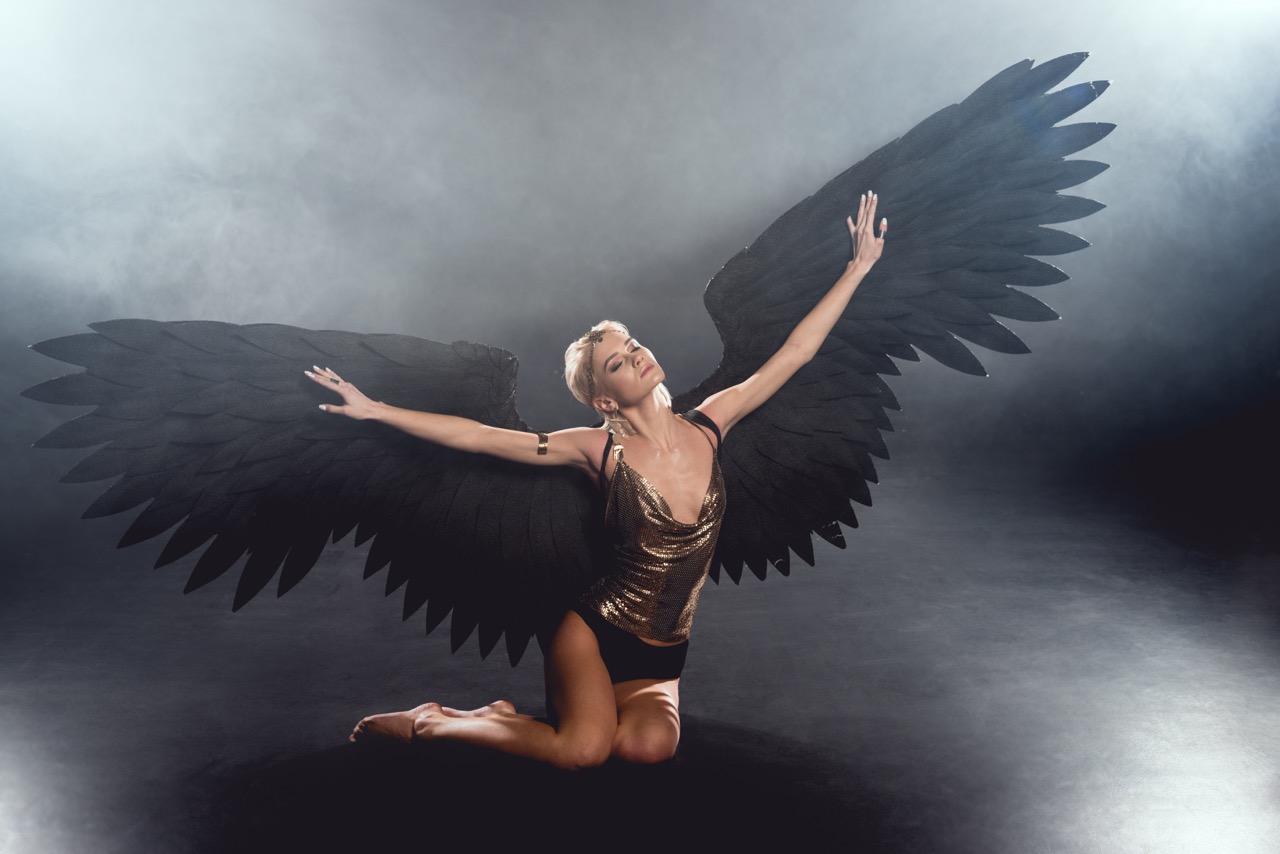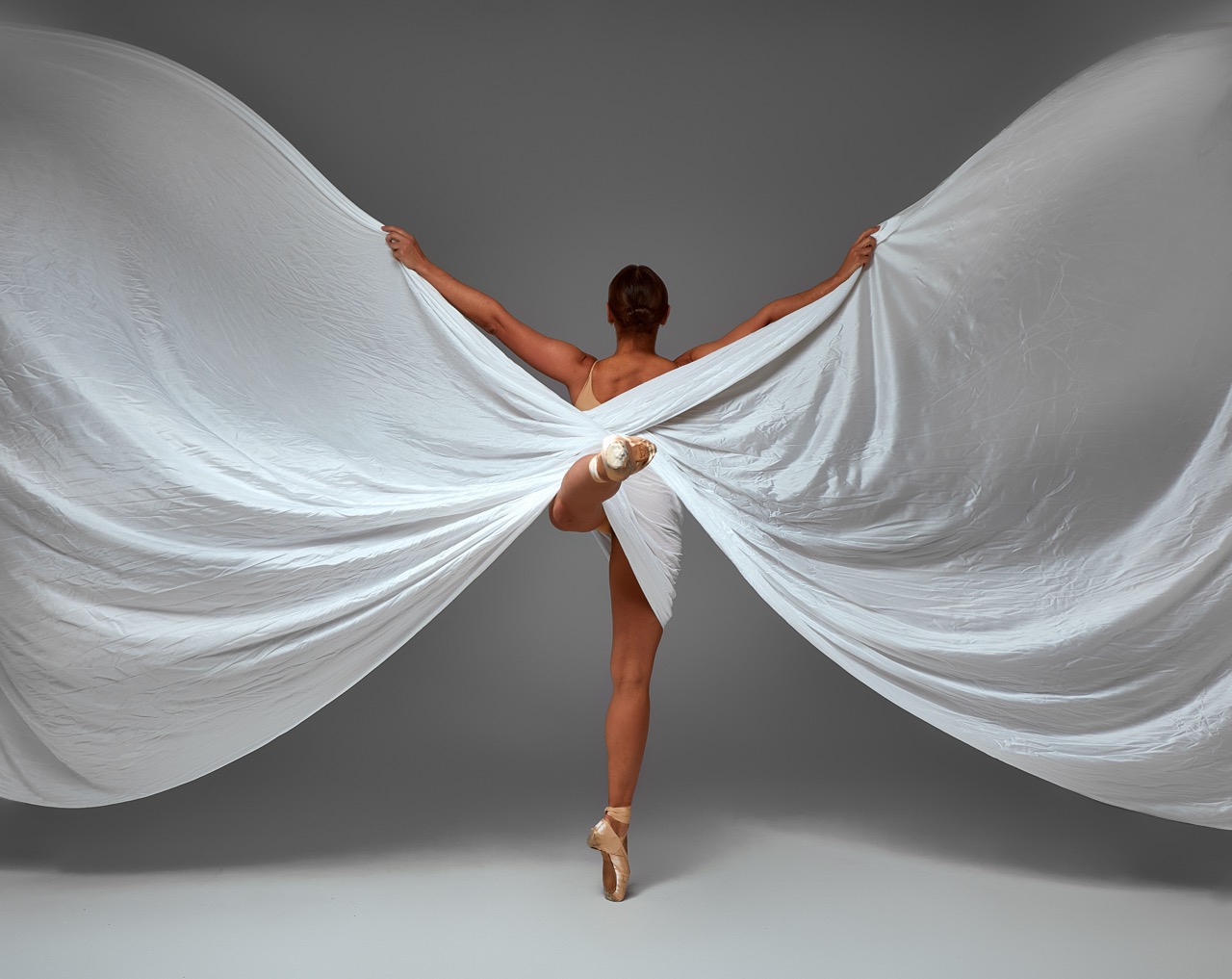Designing wings for dance is an art that intertwines creativity with practicality. Whether for theatrical performances, contemporary dance, or traditional shows, wings can be a stunning visual element that enhances the overall aesthetic. However, the success of these wings hinges on their design and functionality. This article delves into how to craft wings that soar with elegance while ensuring they don’t obstruct the dancer’s movements.
Crafting the Perfect Dance Wing: Balance and Grace Combined
Creating wings that complement dance requires a careful balance of form and function. The first consideration should be the weight distribution of the wings—this includes understanding how they will move with the dancer’s body. Wings should ideally be anchored at the dancer’s shoulders, allowing for natural movement without pulling or dragging down the arms. This balance is crucial as it allows the dancer to maintain their center of gravity, enabling fluidity in their performance.
Moreover, the aesthetics of the wings should align with the dancer’s style and narrative. Wings can be designed in various sizes and colors, each evoking different feelings and interpretations. The key is to ensure that the chosen design harmonizes with the dancer’s movements rather than overpowering them. A well-designed wing should add layers of depth and beauty to a dance piece, leaving the audience captivated while allowing the dancer to express their full range of motion.
Finally, testing the wings in practice is essential to verify their balance. Dancers should perform with their wings in place to assess how they feel during various movements. Any necessary adjustments should be made to the wing’s shape or anchorage points, ensuring they enhance the dancer’s grace rather than impede it. This iterative process of testing and refining is vital to crafting the perfect dance wing.
Material Matters: Choosing Lightweight Fabrics for Movement
When designing wings for dance, the choice of materials plays a pivotal role in ensuring optimal movement. Heavy fabrics can restrict motion and lead to fatigue, while lightweight materials promote free-flowing movement. Fabrics like chiffon, organza, or silk are excellent choices as they offer a delicate drape and minimal weight, allowing dancers to soar gracefully.
Additionally, the texture and opacity of the fabric can impact visual effects during performances. Translucent fabrics can catch the light beautifully, creating stunning visual displays as they move. It’s important to consider the color and pattern of the fabric as well, as these elements can dramatically affect how the wings appear in motion. Soft, flowing fabrics can create a dreamlike effect, while structured materials might offer more defined shapes.
Another aspect to consider is the durability of the materials. While lightweight fabrics are preferable, they should also withstand the rigors of performance. Investing in high-quality materials that resist tearing and fraying will ensure the wings maintain their beauty and function over time. The right combination of lightweight, durable, and visually appealing fabrics will lead to wings that not only enhance a dancer’s performance but also stand the test of time.
Wing Shapes That Enhance, Not Hinder Your Dance Flow
The shape of wings is crucial in determining how they interact with the dancer’s movements. Traditional wing shapes often resemble those of birds or butterflies, which can provide a sense of elegance and freedom. However, dancers should consider customizing their wing shapes to better suit their style and the choreography. For instance, elongated and sweeping shapes may enhance fluid movements, while angular designs can add sharpness to more dynamic routines.
In addition to the overall shape, the size of the wings should be carefully planned. Oversized wings can create a dramatic effect, but they may also make it difficult for the dancer to navigate tight spaces or complicated choreography. Striking a balance between size and maneuverability is key to ensuring that the wings serve their purpose without becoming a hindrance. Smaller, more compact wings may allow for a greater range of motion while still providing a striking visual appeal.
Ultimately, the design process should include experimenting with different shapes and configurations. Dancers should work closely with designers to brainstorm and prototype various wing styles, testing each variation in dance practice. By assessing how different designs affect movement and presence, dancers can arrive at a wing shape that elevates their performance while staying true to their artistic vision.
Mastering the Art of Movement: Testing and Adjusting Wings
The journey to designing the perfect dance wings doesn’t end with the initial creation; it involves a continuous process of testing and adjusting. Once the wings are constructed, incorporating them into rehearsal is essential. Dancers should perform an array of movements, from simple stretches to complex choreography, to assess how the wings behave in motion. This testing phase helps identify any areas where the wings may restrict movement or require adjustments.
During this process, feedback from the dancer is invaluable. They should communicate how the wings feel during different motions, pinpointing any discomfort or obstruction. Designers can then make adjustments, such as altering the attachment points or modifying the wing shape. This collaboration between dancer and designer fosters a deeper understanding of the intricate relationship between movement and attire, ultimately leading to wings that feel like a natural extension of the dancer’s body.
Additionally, capturing video footage of rehearsals can provide insights into how the wings appear from an audience’s perspective. This external view can reveal issues with visibility or movement flow that may not be apparent from within the performance. By embracing a cycle of testing, feedback, and refinement, designers and dancers can ensure that the wings enhance the overall dance experience, allowing for an enchanting performance that captivates and inspires.
Designing wings that harmoniously blend with dance requires a thoughtful approach to balance, material selection, shape, and ongoing refinement. By focusing on these elements, designers can create wings that not only elevate a dance performance visually but also empower dancers to express their artistry with grace. Ultimately, the goal is to produce wings that allow dancers to soar, captivating audiences without impeding their flow—a perfect fusion of elegance and functionality.


